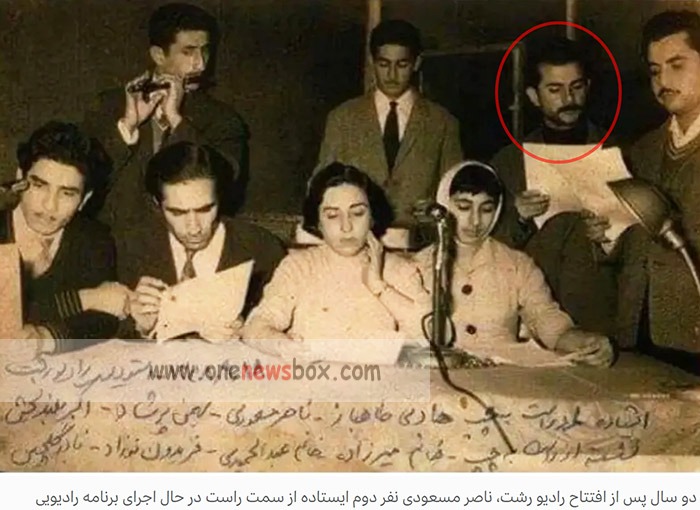In 1949, at fourteen, he migrated with his family to Tehran, settling on Shahbaz Street (later Haft-e Shahrivar). Like countless provincial youth, he had to survive through manual labor. His brothers worked in shoemaking workshops; Nasser himself learned tailoring, goldsmithing, and carpentry—professions that sustained his body while his soul yearned for music.
Determined to escape the limits of self-instruction, Masoudi sought formal training. He dreamed of studying with Abolhasan Saba, whose classes were held on Shahabad Street, but financial hardship closed that door.
Fortune intervened unexpectedly when a friend took him to the class of Ali Akbar Khan Shahnazi on Naser Khosrow Street. A woman was playing the violin; Nasser was singing when Shahnazi himself entered. Instantly captivated by the young man’s voice, the master invited him to his school to sing before students as a model for vocal fluency.
Here, Masoudi was exposed to the rigorous discipline of classical radif music. Yet he never abandoned his local roots. On one occasion, after performing the famous Persian verse “I Saw the Angel Outside the Tavern”, his instructors remarked:
“Your voice is beautiful, your phrasing is sound—but try to sing Iranian. What you are singing is Arabic in accent.”
This moment became symbolic of his lifelong struggle to balance regional identity with national musical standards—a tension that ultimately became his greatest strength.

